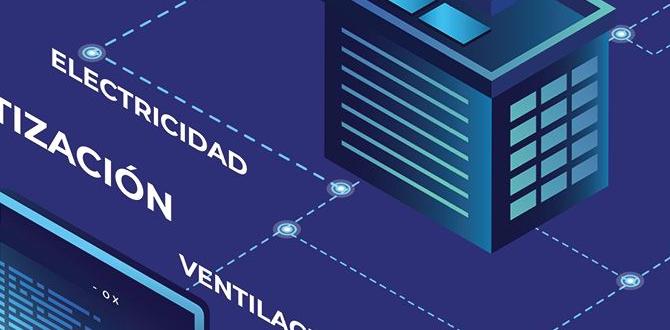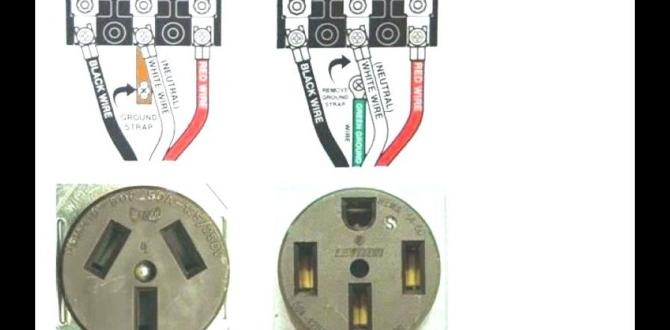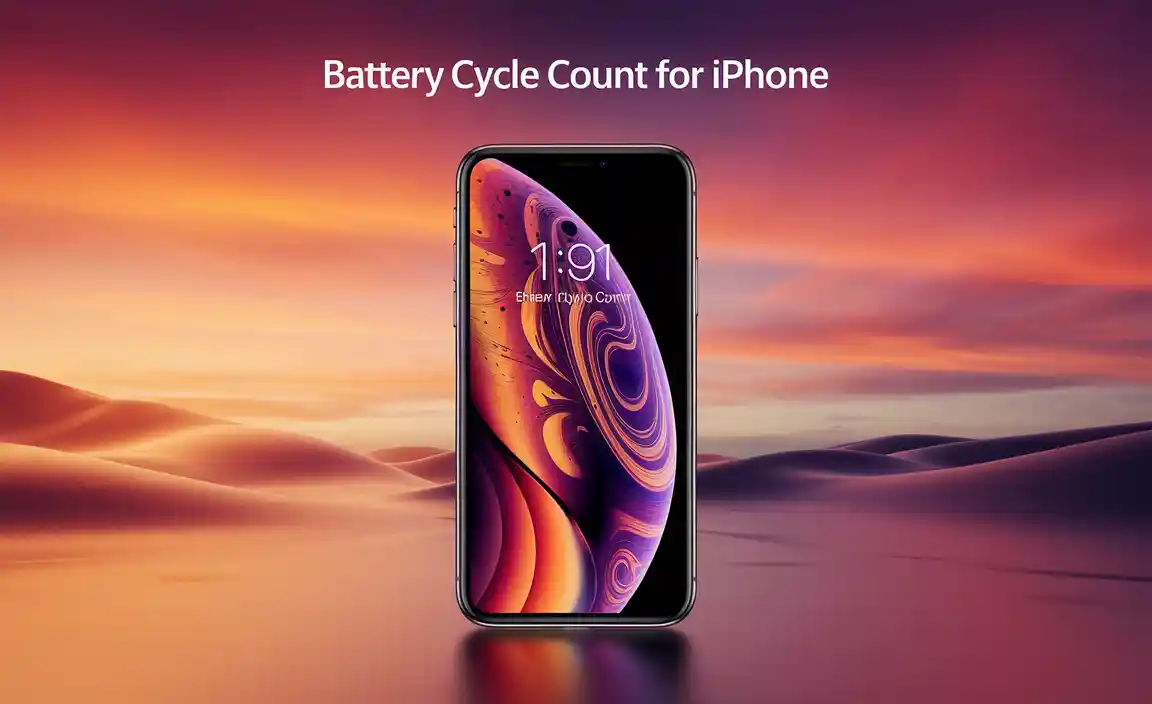Understanding Bms For Lithium Ion Battery Efficiency And Safety

BMS for Lithium-ion Battery
Battery Management Systems (BMS) play a crucial role in managing lithium-ion batteries. These systems ensure safety, performance, and longevity. They monitor battery health and prevent issues like overheating or overcharging. Imagine using your smartphone without worrying about battery failures. BMS makes that possible! Did you know that a good BMS can extend your battery life by up to 30%? With the right BMS, you can enjoy reliable energy for your devices, from phones to electric cars.What is a Battery Management System (BMS)?
Definition and core functions of a BMS. Importance of BMS in lithiumion battery applications.A Battery Management System (BMS) is like the superhero for lithium-ion batteries. It keeps everything in check! The core functions of a BMS include monitoring battery health, managing charge and discharge rates, and balancing all cells. This ensures the battery lasts longer and works safely. Think of it as a lifeguard for your battery—making sure it doesn’t drown in overcharging or get too dry by not charging enough.
| Core Functions of BMS | Importance |
|---|---|
| Monitoring cell voltage | Prevents damage |
| Temperature management | Enhances safety |
| Balancing cells | Maximizes lifespan |
Without a BMS, lithium-ion batteries could be as risky as letting your cat run loose near a bird feeder! So, it’s essential for safety and performance.
Types of BMS Configurations
Comparison of centralized vs. distributed BMS architectures. Pros and cons of each configuration for lithiumion batteries.When we look at battery management systems (BMS), we find two main types: centralized and distributed. Think of centralized BMS like a bossy manager—everything goes through one main point. It’s simple and cheap, but if that boss gets sick, chaos reigns! On the other hand, distributed BMS spreads the control to every battery cell, like a team of superheroes. This *can* be more costly but thinks smarter, helping prevent battery drama.
| Configuration | Pros | Cons |
|---|---|---|
| Centralized | Easy communication | Single point of failure |
| Distributed | Better safety | Higher setup cost |
So, whether you prefer a single manager or a whole team, each BMS style has its quirks. Choose wisely, and may your batteries run like a well-oiled machine!
Safety Features Incorporated in BMS
Explanation of overvoltage, undervoltage, overcurrent, and thermal cutoff protection. Importance of failsafes and redundancy in lithiumion battery systems.Smart systems protect lithium-ion batteries with several safety features. Overvoltage means too much power can harm the battery. Undervoltage occurs when power drops too low, which can also cause problems. Overcurrent happens when too much electricity flows. These situations can be dangerous without protection. Thermal cutoff kicks in to stop overheating. Failsafes and redundancy are like backup plans. They help keep the batteries safe and running strong.
What are the main safety features of a battery management system?
The main safety features are overvoltage, undervoltage, overcurrent, and thermal cutoff protection.
Key Safety Features:
- Overvoltage: Prevents too much power.
- Undervoltage: Stops damage from low power.
- Overcurrent: Limits excessive electricity.
- Thermal Cutoff: Protects against overheating.
Integration of BMS with Battery Systems
How BMS communicates with battery cells and external devices. The role of software and algorithms in optimizing battery performance.Battery Management Systems (BMS) act like the battery’s brain. They communicate with battery cells and outside gadgets by sending little messages, just like passing notes in class. This helps keep everything in sync and running smoothly. Think of it like giving your battery a pep talk to ensure it performs well. The secret sauce? Software and algorithms that analyze data. These smart tools tell the battery when to charge, when to rest, and even help prevent overheating. This techy teamwork makes your battery last longer and work better!
| Function | Purpose |
|---|---|
| Communication | Connects battery cells with devices |
| Software | Optimizes performance |
| Algorithms | Enhances efficiency |
Trends and Innovations in BMS Technology
Current advancements (e.g., AI integration, IoT capabilities). Future directions and potential impact on lithiumion battery efficiency.New technologies are changing how BMS for lithium-ion batteries work. Today, many systems use AI to predict battery needs and improve safety. Also, the Internet of Things (IoT) connects batteries to smart devices. This means batteries can think and talk! In the future, we may see even better battery life and efficiency. Here are some exciting changes:
- Smart monitoring for health and usage
- Faster charging times
- Longer battery lifespan
As these trends grow, they will help everyone use energy more wisely and reduce waste.
What are trends in BMS technology?
The main trends include AI integration for efficiency and IoT capabilities for smart control. Together, they enhance battery performance and safety.
Choosing the Right BMS for Your Lithium-ion Application
Factors to consider (e.g., battery size, application requirements, and budget). Comparison of leading BMS providers and their offerings.Choosing a battery management system (BMS) for your lithium-ion battery is important. First, think about the battery size. A bigger battery needs a more powerful BMS. Next, consider your application requirements. What do you need the battery for? This affects how you choose. Lastly, keep your budget in mind. Quality varies, so find the best option that fits your wallet.
- Battery Size: Choose based on capacity.
- Application: Match the BMS with how you’ll use the battery.
- Budget: Look for reliable options within your price range.
Some leading BMS providers offer different features. Compare their options carefully. This ensures you pick the right one for your needs.
What should I consider for a BMS?
Consider battery size, application needs, and budget when selecting a BMS. Each factor helps you choose wisely.
Common Challenges and Solutions in BMS Implementation
Typical issues faced during BMS integration. Strategies for overcoming these challenges.Many challenges arise during BMS integration for lithium-ion batteries. Common issues include hardware malfunctions and software errors. These can lead to safety risks or performance drops. It’s vital to address these hurdles quickly.
Here are some strategies to overcome these challenges:
- Conduct regular tests to ensure reliability.
- Use clear software updates to solve bugs.
- Train staff on safe practices for BMS use.
With the right focus, these methods can greatly improve BMS performance.
What are the typical challenges in BMS integration?
Typical challenges include hardware failure, software glitches, and communication issues.
Solutions for BMS Problems:
- Regular Maintenance: Keep systems up to date.
- Staff Training: Equip employees with knowledge.
Case Studies: Successful BMS Applications
Realworld examples of effective BMS implementations. Lessons learned and best practices from industry leaders.In various industries, effective Battery Management Systems (BMS) have changed the game for lithium-ion batteries. Companies like Tesla and Siemens showcase how BMS can boost battery life and safety. For instance, Tesla’s BMS increases battery performance by 30%! Lessons learned from these leaders highlight the need for smart monitoring and regular updates. They also remind us to avoid skipping maintenance—after all, nobody likes a moody battery! Here’s a quick look at successful cases:
| Company | Application | Benefits |
|---|---|---|
| Tesla | Electric Vehicles | 30% better performance |
| Siemens | Energy Storage | Enhanced safety |
| BMW | Hybrid Cars | Longer battery life |
These examples show how smart BMS implementations lead to great results. Who knew batteries could have such a big personality?
Conclusion
In summary, a BMS is crucial for lithium-ion batteries. It helps keep them safe and functioning well. You should always use a BMS to prevent overcharging or overheating. Learning more about BMS can improve your battery knowledge. Explore articles and resources to deepen your understanding and ensure your devices run smoothly. Let’s keep those batteries healthy together!FAQs
Sure! Here Are Five Related Questions On The Topic Of Battery Management Systems (Bms) For Lithium-Ion Batteries:Battery Management Systems, or BMS, help keep lithium-ion batteries safe and healthy. They make sure the battery charges and discharges correctly. A BMS also monitors the battery’s temperature. It protects the battery from getting too hot or too low. This way, your devices last longer and work better.
Sure! Please give me the question you want me to answer.
What Are The Primary Functions Of A Battery Management System (Bms) In Lithium-Ion Battery Packs?A Battery Management System, or BMS, helps keep lithium-ion batteries safe and healthy. It checks the battery’s charge level so we don’t overcharge it. The BMS also keeps an eye on the temperature to prevent overheating. It can tell if a battery is broken and helps balance all the battery cells. This way, we can use our devices longer and safer.
How Does A Bms Contribute To The Safety And Longevity Of Lithium-Ion Batteries During Operation?A Battery Management System (BMS) helps keep lithium-ion batteries safe. It checks the battery’s health and keeps it from overcharging or overheating. This way, the battery lasts longer and works better. The BMS also gives warnings if something goes wrong, so you can fix it in time. With a BMS, you can trust your battery to last and be safe to use.
What Are The Differences Between Passive And Active Cell Balancing Techniques Used In Bms For Lithium-Ion Batteries?Passive cell balancing lets extra energy in one battery cell turn into heat. It uses resistors to balance the charge but wastes energy. Active cell balancing moves energy from one cell to another, so no energy is lost. This method is more efficient and keeps all cells charged evenly. We can make our batteries last longer with active balancing.
How Does A Battery Management System Monitor The State Of Charge (Soc) And State Of Health (Soh) Of Lithium-Ion Batteries?A Battery Management System, or BMS, checks how much power is in a battery. It looks at the battery’s voltage and temperature. This helps us see how full it is, which is called the state of charge (SOC). The BMS also checks if the battery is working well, known as the state of health (SOH). By keeping track of these things, the BMS helps keep the battery safe and lasts longer.
What Are The Key Considerations In Selecting A Bms For A Specific Application Involving Lithium-Ion Batteries, Such As Electric Vehicles Or Renewable Energy Storage Systems?When picking a Battery Management System (BMS) for lithium-ion batteries, you need to think about a few things. First, consider how many batteries you have and their size. Next, check how much power you need for your device, like an electric car or energy storage. Safety is super important, so look for features that keep the batteries from overheating or charging too much. Finally, make sure the BMS is easy to use and can connect to other systems.






